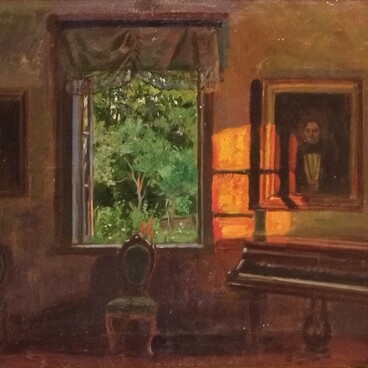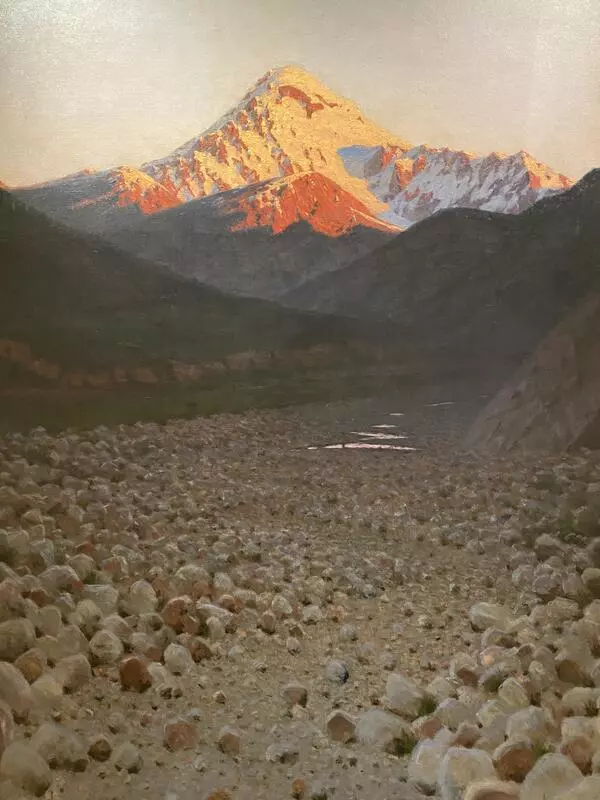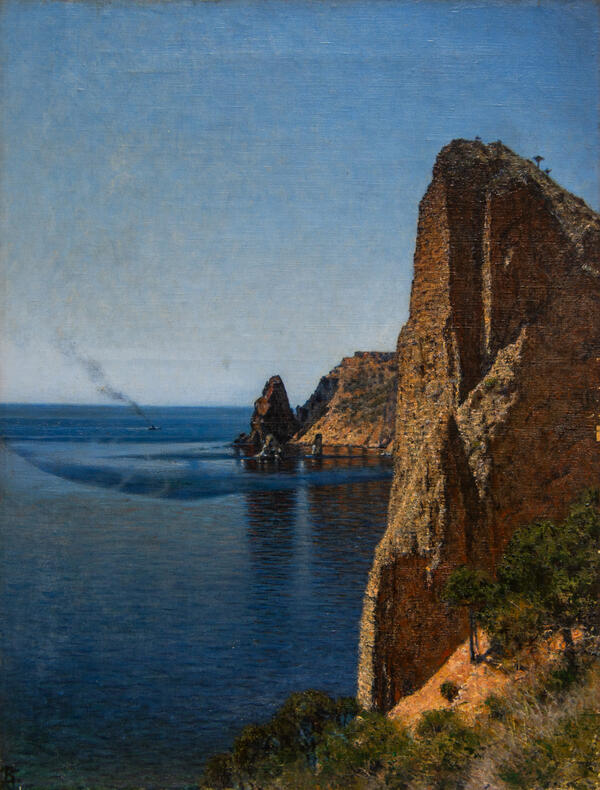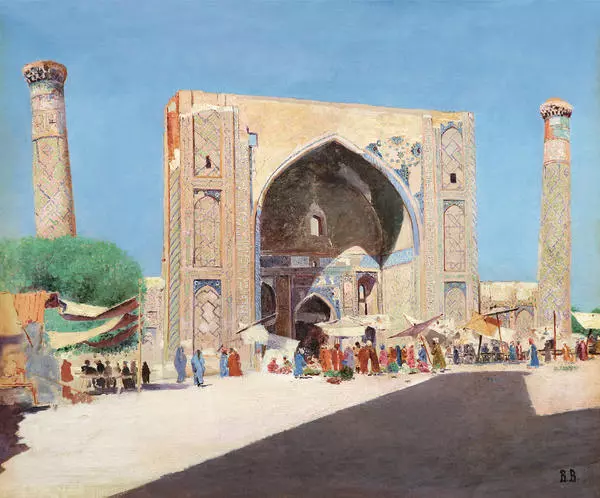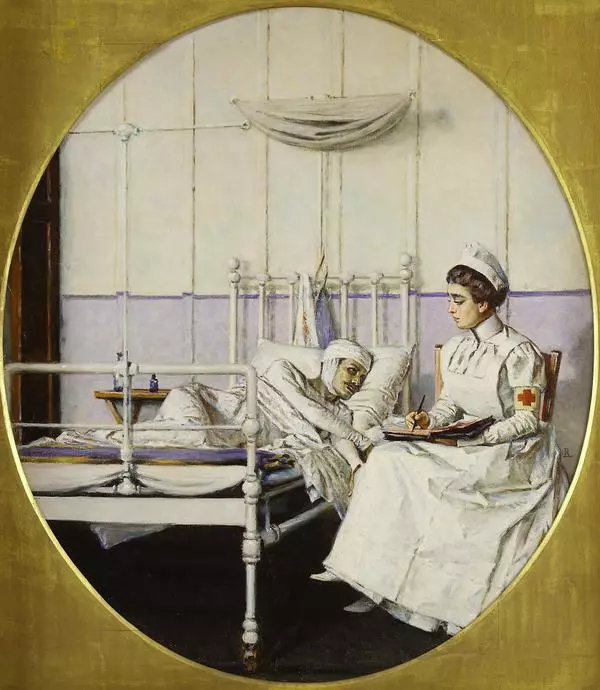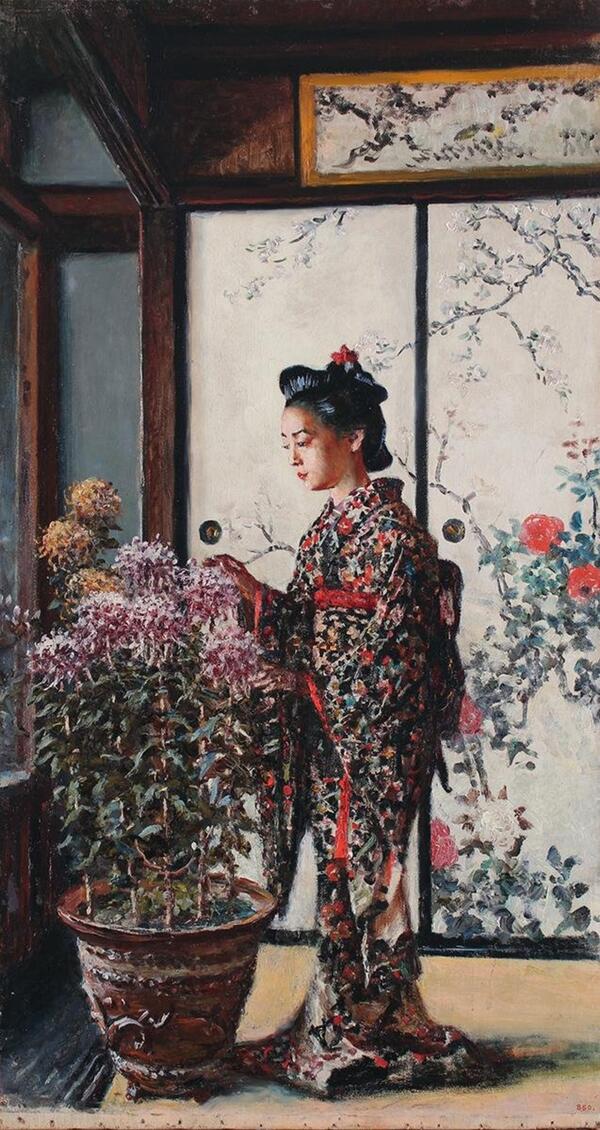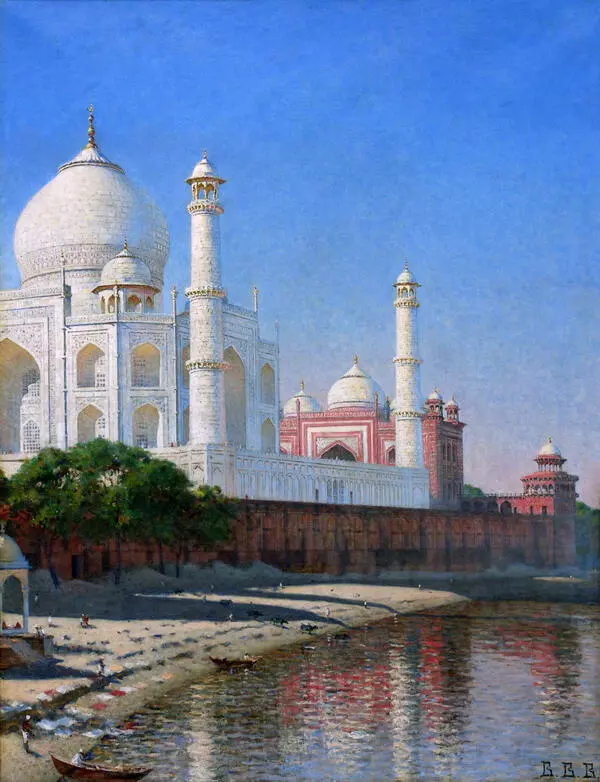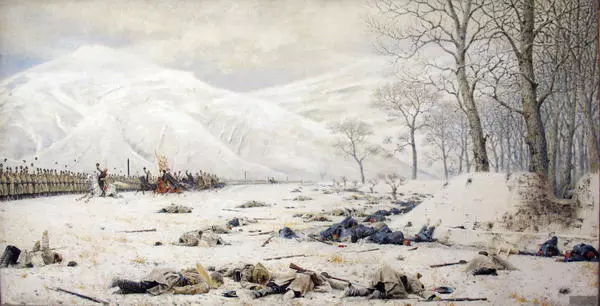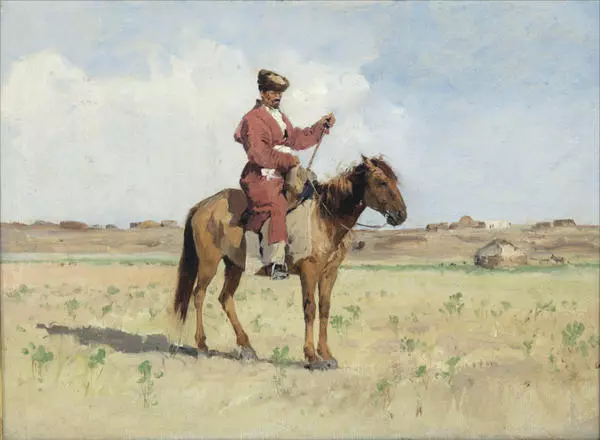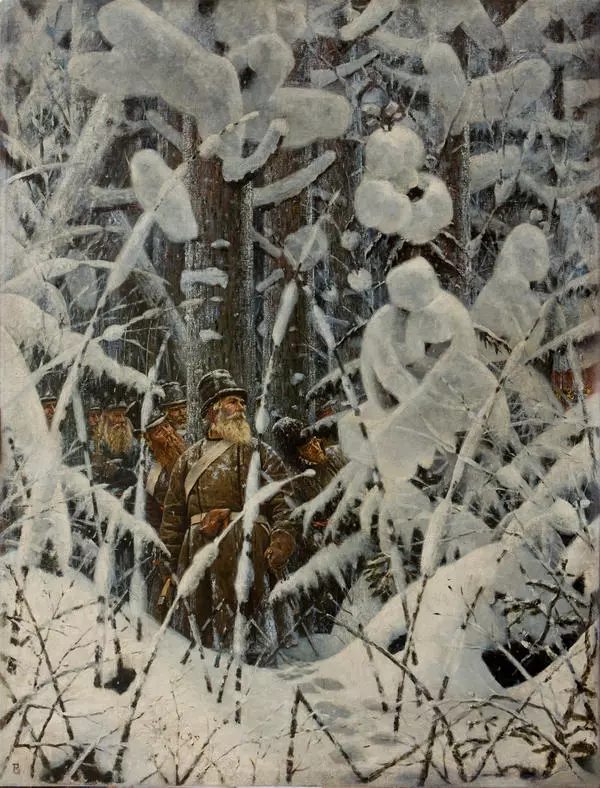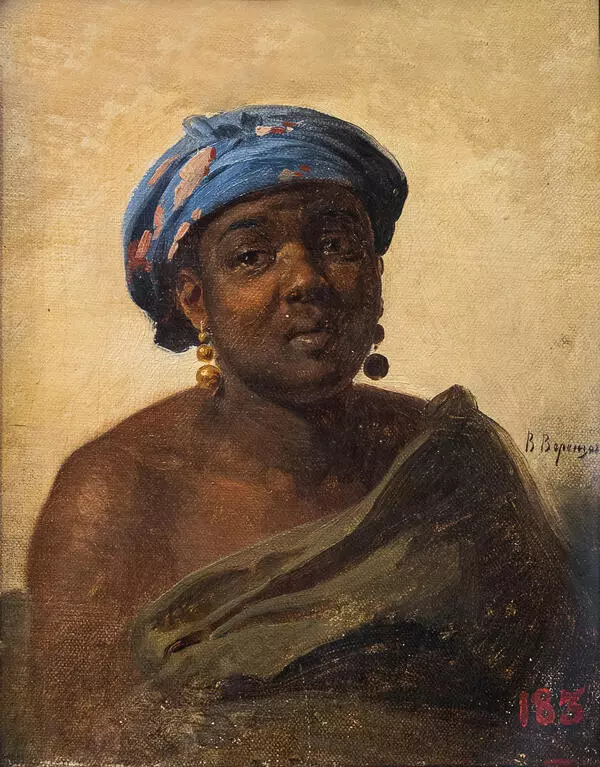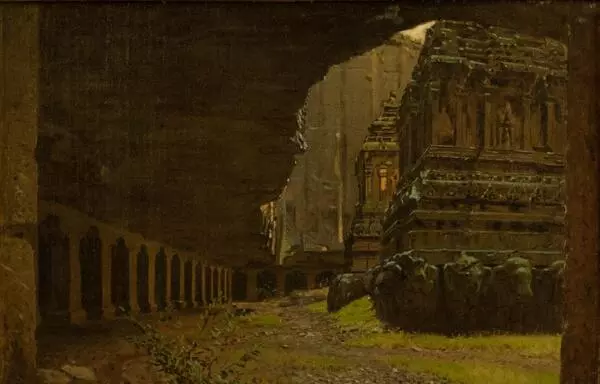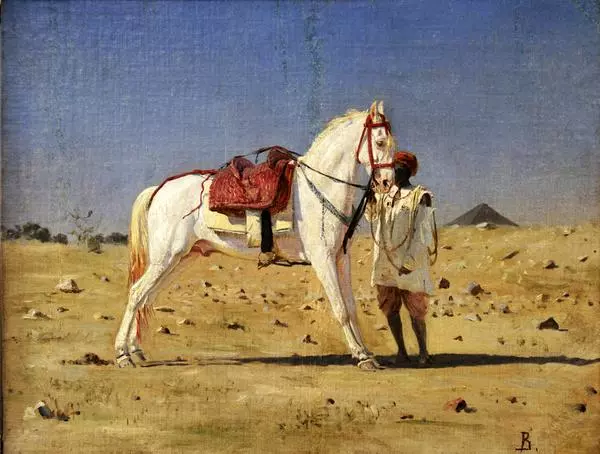Vasily Vasilyevich Vereshchagin (1842–1904) was born into a large landowner family in Cherepovets, Novgorod province. In 1850, he began training in the cadet corps for minors in Tsarskoye Selo, and in 1853 he was transferred to the St. Petersburg Naval Cadet Corps.
In 1858, Vereshchagin began to attend classes for non-matriculated students at the Drawing School of the St. Petersburg Society for the Encouragement of Arts. After graduating from the Naval Corps in 1860, Vasily Vasilyevich was promoted to midshipmen of the fleet. He immediately retired and entered the St. Petersburg Academy of Arts in the same year.
Vasily Vereshchagin studied at the Academy for three years. The history painters Alexey Tarasovich Markov and Alexander Egorovich Beyderman, as well as the Russian painter of German origin Fyodor Antonovich Moller were his teachers. After the Academy of Arts, he traveled to the Caucasus, then lived in Paris, where he worked in the studio of the French painter and sculptor Jean-Léon Gérôme.
Vasily Vasilyevich Vereshchagin became a realist painter, working in the field of household painting, landscape, and portrait. All his work was filled with fervent love for the people. The artist traveled extensively in Russia, Central Asia, Europe, India, the USA, visited Cuba, the Philippines and Japan.
At the end of 1883, he went to the Middle East and worked in Syria and Palestine. It was during this trip that Vasily Vereshchagin created the work “Ruins of an Egyptian Temple.” On the canvas, the master depicted the Kalabsha temple, which is also known as the temple of Mandulis. Back then, it was located in Kardas (modern Kertassi), about 50 kilometers from the city of Aswan. Much later, in the second half of the 20th century, the temple was moved due to the construction of the Aswan Dam.

